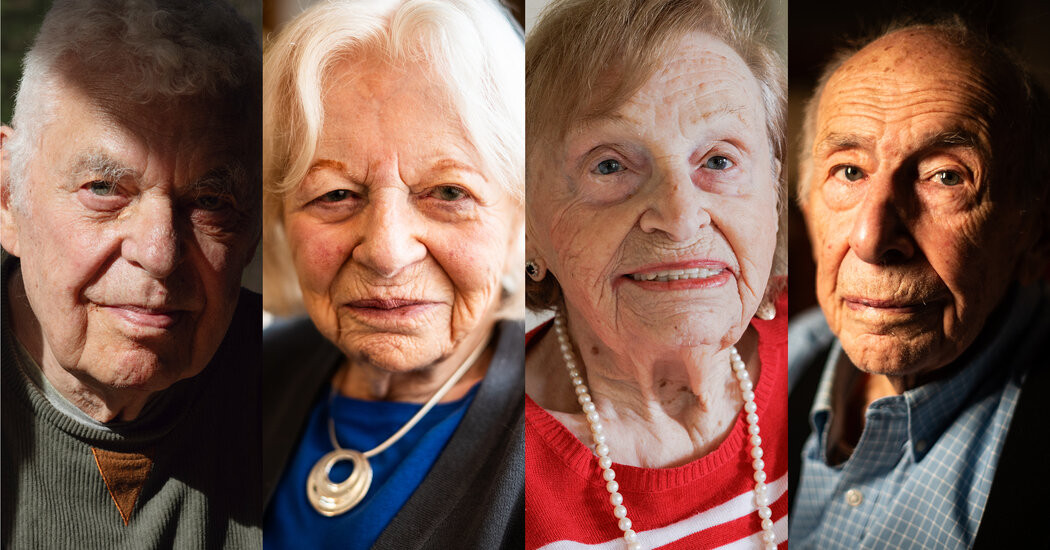

Eighty-five years on, the memories come in flashes. A mother’s last glance through a smudged train station window. A few belongings held in tiny hands. An anxious wait for a new home in a foreign city.
In the months after Kristallnacht, the 1938 Nazi pogrom widely remembered as the start of the Holocaust, thousands of Jewish families sent daughters and sons abroad to safety. Some 10,000 children arrived in Britain and a handful went to other European countries.
Without their parents, and despite language barriers, they built varied and often remarkable lives. Many of them eventually settled in the United States.
As this extraordinary rescue mission, known as the Kindertransport, has gained recognition, researchers continue to unearth new information about these journeys in archives, newly discovered papers and interviews with the last living survivors.
Only a few hundred who were part of the Kindertransport, which ended in September 1939, are believed to still be alive, and as memories fade, the push to record their experiences has gained urgency.
Here, seven survivors tell their stories.



